Aconcagua, 17 days
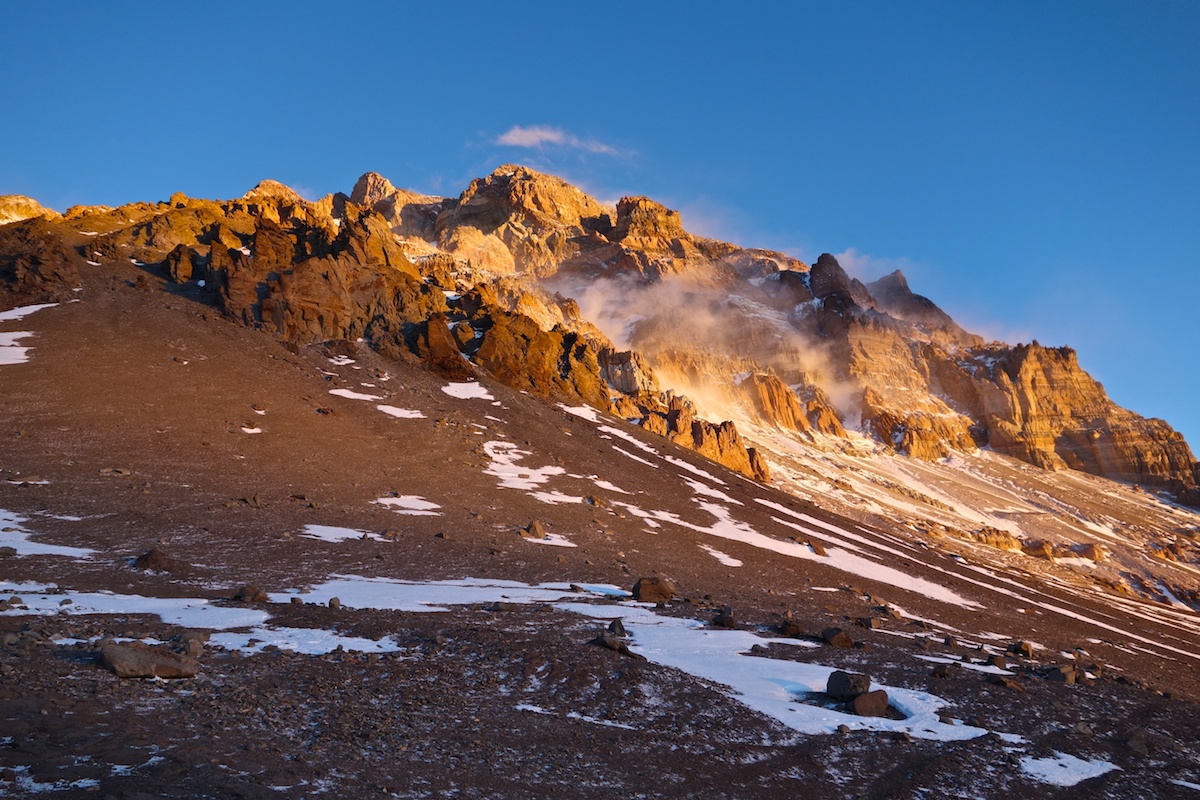
| Height (m) | 6957 |
|---|---|
| Duration | 17 days |
| Difficulty | Moderate |
$1.00
Aconcagua ascent in 17 days is quite simple. It is the longest acclimatization program for Aconcagua you can find, that virtually guarantees you ascent despite the altitude and weather. This program is a great preparational step before the “real” seventhousander. There is no ice on the route, no overnight stays in the snow, no difficult terrain. However, you can fully experience the rarefied air on 7000 meters. The route is quite short compared to most other mountains. Height is typed fast, the descent is quite simple and pleasant.
You may also like…
-
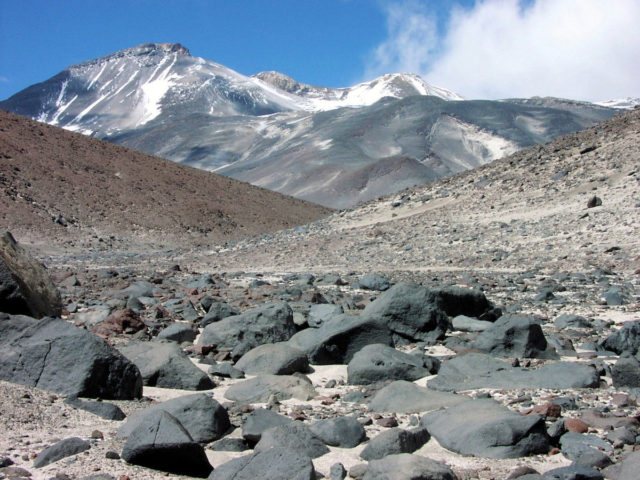
Aconcagua + Ojos Del Salado
Temporarily unavailable
Height (m) 6893, 6957
Duration 22 days
Difficulty Moderate
-
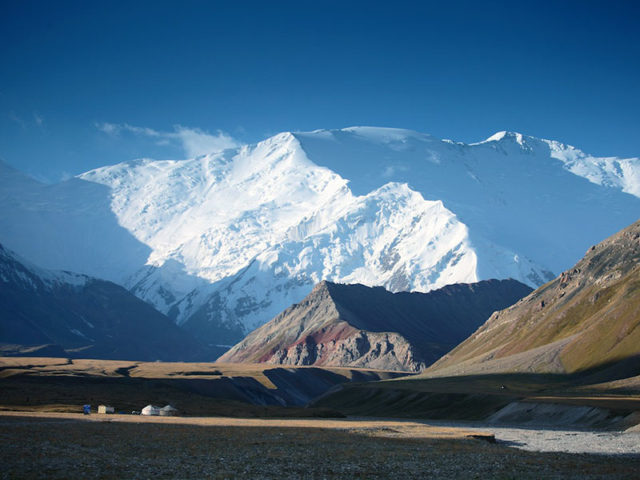
Climb Lenin peak
$1.00Height (m) 7135
Duration 20 days
Difficulty Moderate
-
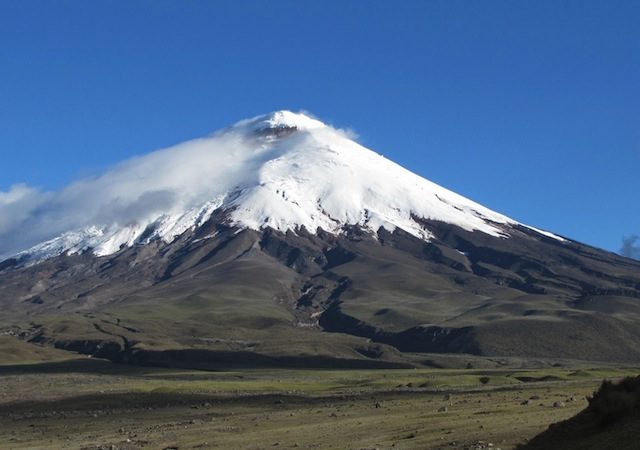
Chimborazo and Cotopaxi
Temporarily unavailable
Height (m) 5897, 6384
Duration 11 days
Difficulty Moderate
-
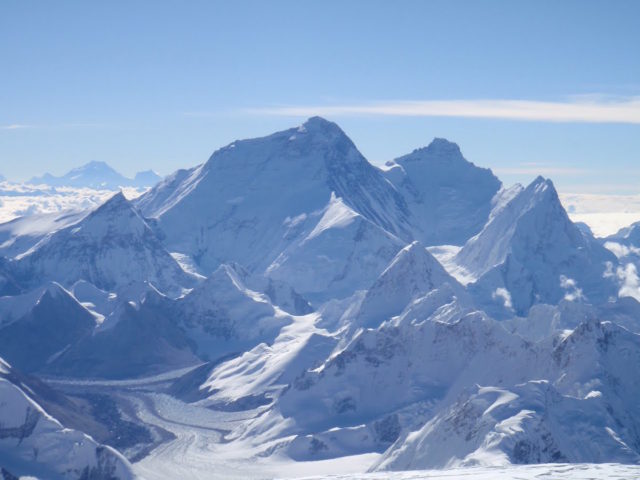
Climb Muztagh Ata
$1.00Height (m) 7546
Duration 22 days
Difficulty Average
